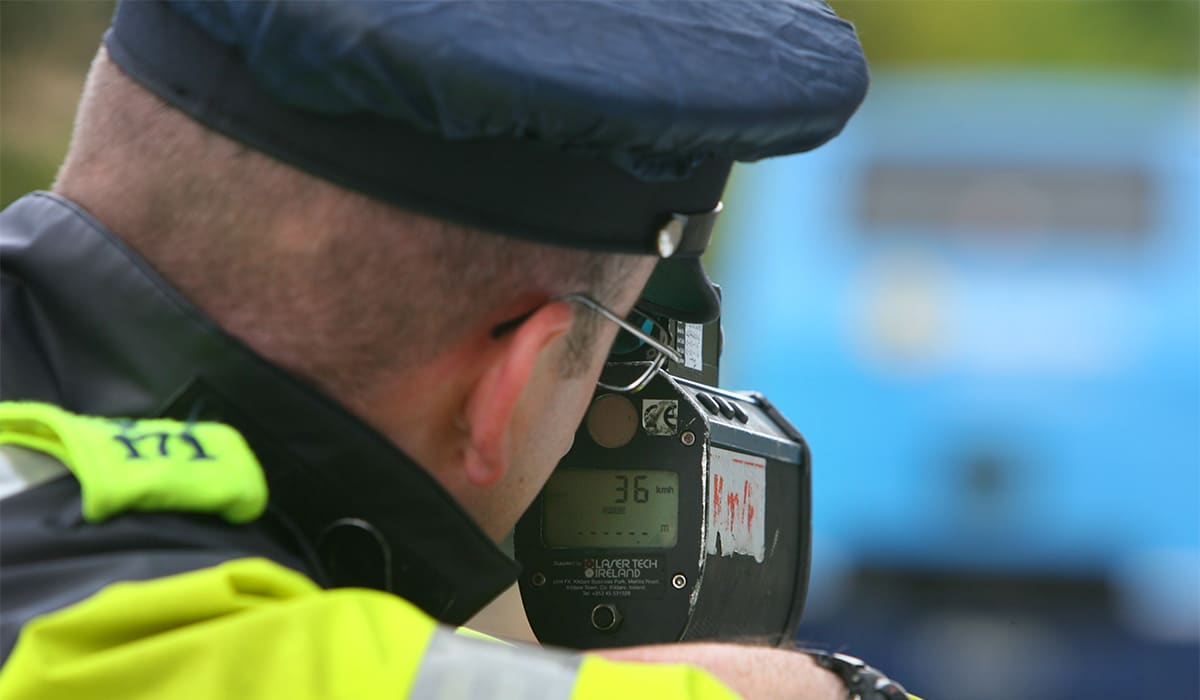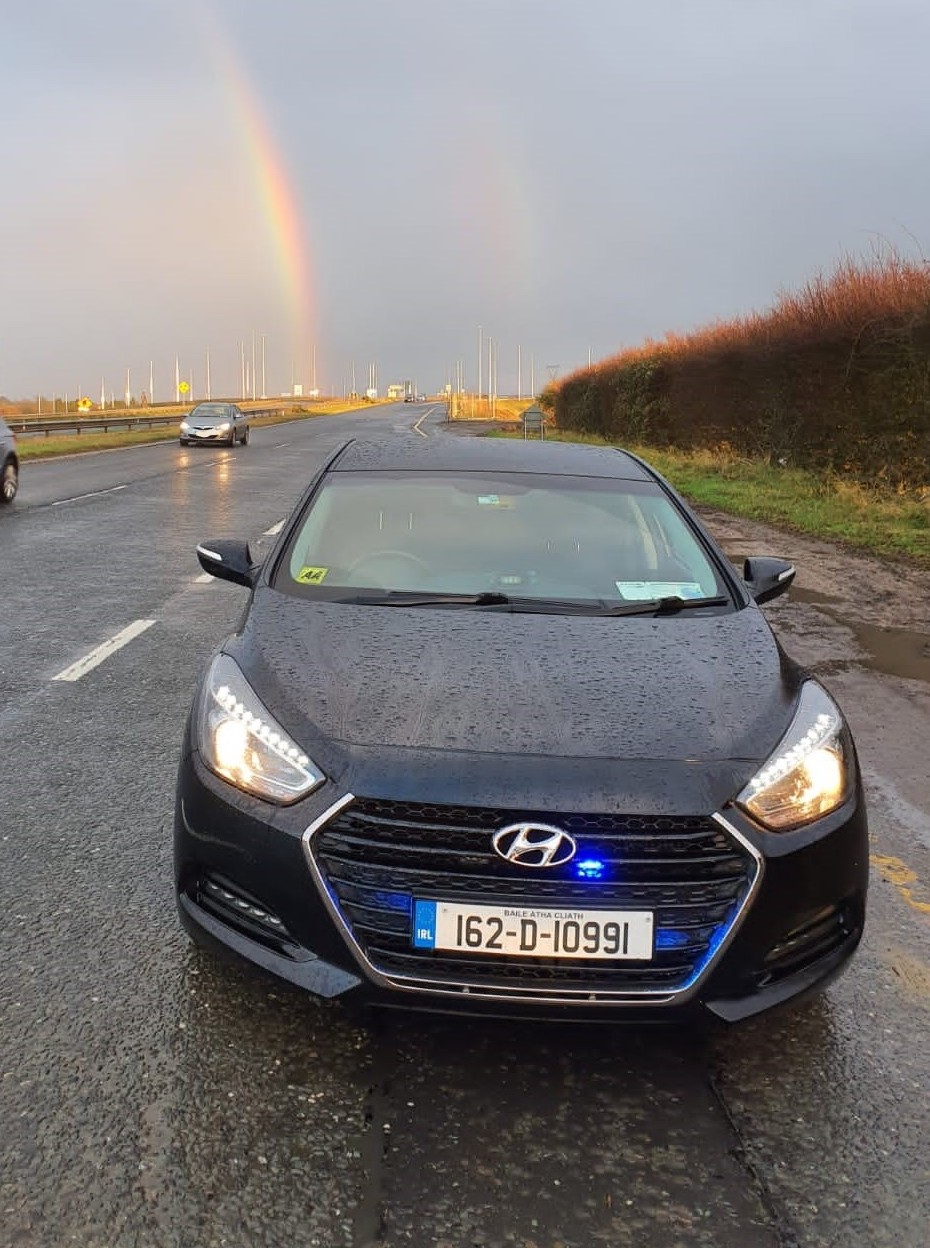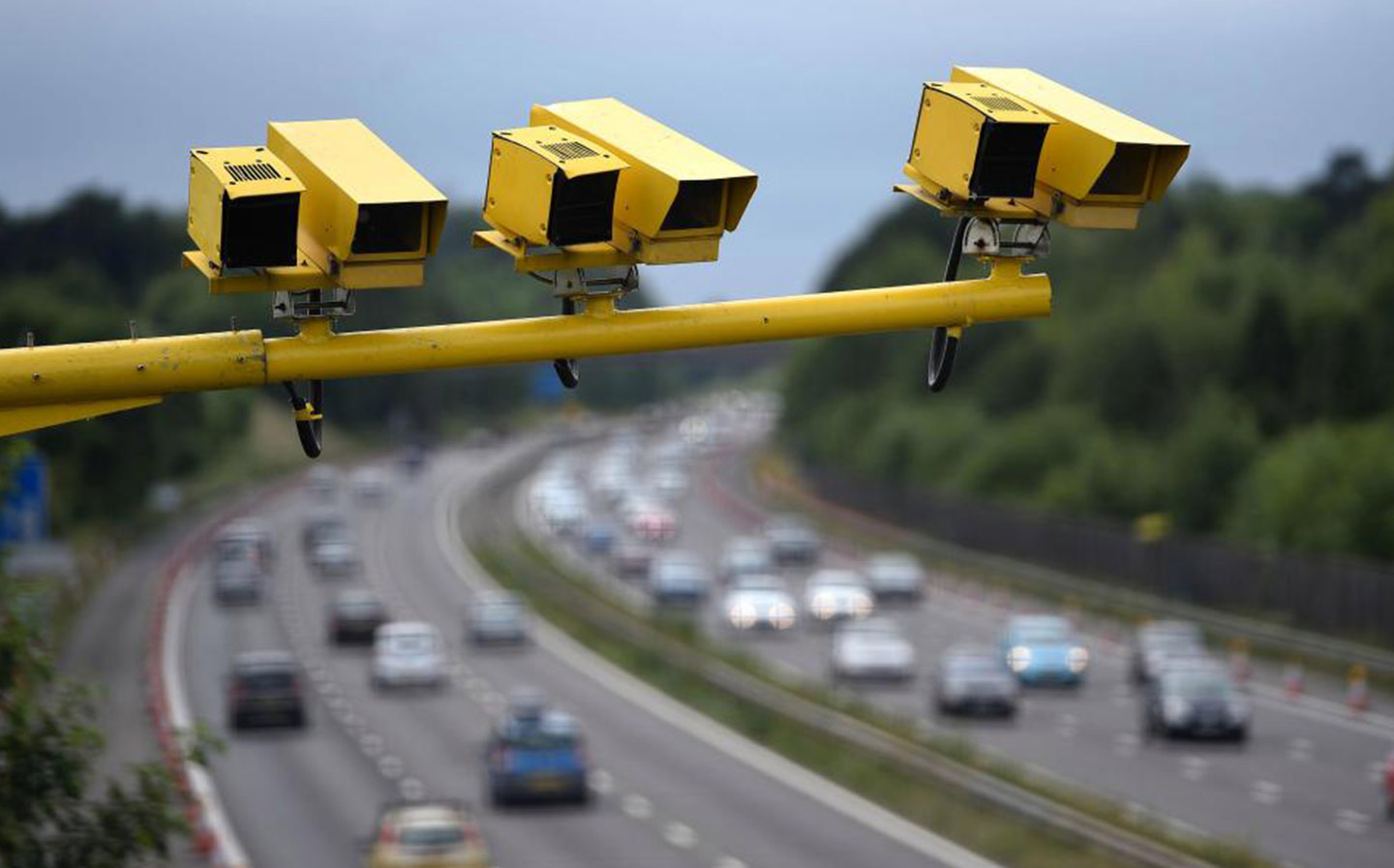Even some of the most careful drivers in Ireland likely know the prickling feeling of seeing a speed detection van or a Garda with a laser gun at the last second and the worry of wondering if they were within the speed limit for the area in which they were driving.
There then usually follows a tense waiting period of a few weeks of wondering whether the dreaded letter will arrive in the post. Many will get away scot-free, safe in the knowledge that they were, in fact, under the limit. For others, however, notice of a fixed penalty of €160 and three penalty points on their licence will come as an unwelcome reminder of the law of the land.
In Ireland, there are currently four different types of speed detection equipment in use to catch speeding drivers.
Camera vans
Speed vans operated by the company GoSafe on behalf of the Gardaí are the most highly-visible example of speed detection equipment on Irish roads. Locations in which they can be found in use are both publicised online on the Garda website as well as marked by black and white road signs. In total, there are now 1,373 safety camera zones around Ireland, usually on stretches of road that have seen serious speed-related crashes in the past. They can be found on all types of roads — urban, suburban, rural and motorway. As well as those operated by GoSafe, the Gardaí also operate a smaller number of van-based cameras.
While camera vans are fitted with cameras front and rear, it’s actually only the rear-facing camera that detects a driver’s speed, with the front camera serving to provide additional imagery of any vehicle caught speeding by the rear camera. The vans are connected to an Automatic Number Plate Recognition (ANPR) system that can locate speeding drivers through an online database of number plates, with a fixed penalty notice being sent out in the weeks following the incident.
Strangely, camera vans are the type of speed detection equipment around which the most myths have sprung up. They cannot, for example, as we’ve heard, see around corners. Nor can the vans record vehicles while they themselves are moving, so (aside from the fact it’s very unsafe) there’s no need to slam on the brakes if you encounter one driving on the motorway.
Garda laser guns

Garda laser guns can be handheld or tripod-mounted and can detect a speeding vehicle at a distance of up to 1.2 kilometres. As their name suggests, they use lasers rather than old-fashioned radar to catch speeders.
Generally, given the distance at which they can operate, that gives the Garda manning the gun enough time to flag down the motorist and issue them with a ticket to be posted to them at a later date.
Vehicle-mounted Puma detection equipment

Many marked and unmarked Garda vehicles are fitted with Puma detection equipment, which, as well as being able to detect how fast a vehicle is going, is also - thanks to ANPR - able to tell if a vehicle is taxed or insured. The system works by using two cameras mounted at the front and rear of the Garda vehicle that, combined, can record the speeds of other vehicles on the road and scan number plates of both moving and stationary cars. Unlike speed camera vans, which cannot detect speeding drivers while moving, the fitment of Puma equipment means that Garda cars, in many cases, can.
Average speed cameras

While they’ve been common in the UK for many years, Ireland only got its first average speed camera system in 2017, which was put into use in Dublin’s Port Tunnel. Average speed cameras use ANPR to record the details of a vehicle passing through one set of cameras as well as the exact time at which it did so. By snapping the vehicle on another camera at the far end of the average speed zone, it can calculate the car’s average speed between the two points and whether the driver was exceeding the speed limit or not.
According to the AA, prior to their introduction, 58 per cent of drivers using the Port Tunnel exceeded the 80km/h speed limit, with 20 per cent exceeding the limit by more than 10km/h. Following the introduction of average speed cameras, the percentage of drivers exceeding the limit by more than 10km/h has fallen to 0.15 per cent.
In April of 2022, Ireland’s motorway network got its first average speed camera zone on the M7 between Junction 26 (Nenagh West) and Junction 27 (Birdhill) after a year-long trial. While there are plans to roll out more average speed camera zones nationally in the coming years, details remain scarce for the moment.